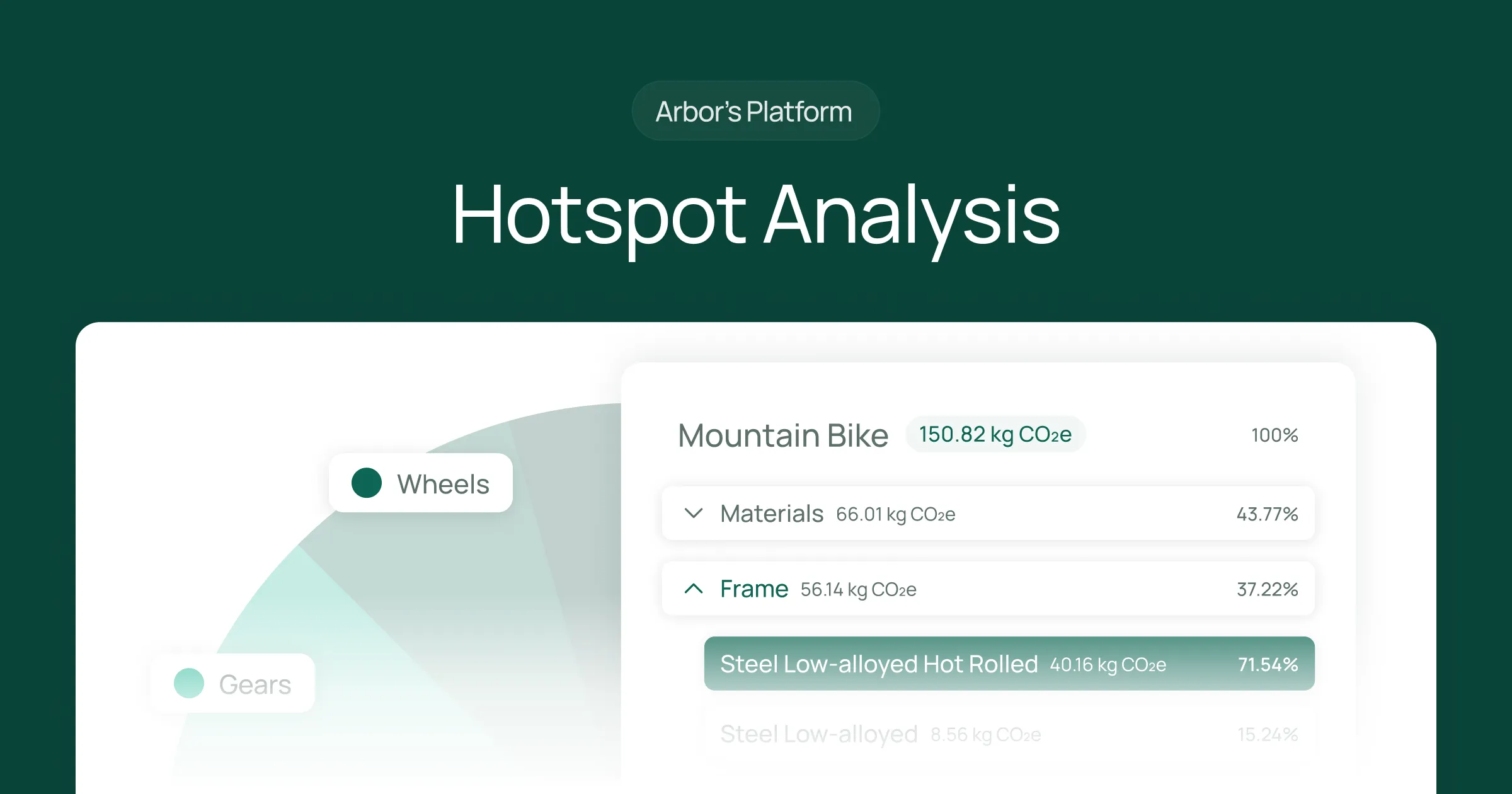Corporate emissions, also known as business emissions, refer to the greenhouse gases that are released into the atmosphere as a result of a company's operations. These emissions are a significant contributor to climate change, and managing them is a key aspect of corporate sustainability and responsibility. This article will delve into the concept of corporate emissions, exploring its various aspects in great detail.
Understanding corporate emissions is crucial for businesses of all sizes and industries. It not only helps in assessing the environmental impact of a company's activities but also aids in formulating strategies to reduce carbon footprint and achieve sustainability goals. This article will provide an in-depth understanding of corporate emissions, their types, measurement, impact, and management.
Understanding Corporate Emissions
Corporate emissions are the greenhouse gases that are released into the atmosphere due to a company's activities. These activities can range from manufacturing processes, energy use in buildings, and transportation of goods and people to waste disposal. The main greenhouse gases associated with corporate emissions are carbon dioxide (CO2), methane (CH4), and nitrous oxide (N2O).
These emissions are categorized into three scopes by the Greenhouse Gas Protocol, a widely used international standard for understanding, quantifying, and managing greenhouse gas emissions. Categorization helps businesses understand their emission sources and focus their efforts on areas where they can make the most significant reductions.
Scope 1 Emissions
Scope 1 emissions are direct emissions from owned or controlled sources. These include emissions from combustion in owned or controlled boilers, furnaces, vehicles, and emissions from chemical production in owned or controlled process equipment. For example, if a company owns a fleet of vehicles, the emissions from the fuel combustion in these vehicles would be considered Scope 1.
These emissions are often the most straightforward to measure and control as they are directly linked to a company's operations. Reducing Scope 1 emissions typically involves improving operational efficiency, using cleaner fuels, and implementing new technologies.
Scope 2 Emissions
Scope 2 emissions are indirect emissions from the generation of purchased energy. This includes emissions from the production of electricity, heat, and cooling that the company purchases for its operations. For instance, if a company buys electricity to power its offices, the emissions produced in the generation of that electricity are considered Scope 2.
Reducing Scope 2 emissions often involves improving energy efficiency and sourcing energy from renewable or low-carbon sources. This can be achieved through various means, including energy-efficient appliances and equipment, energy management systems, and renewable energy contracts.
Measuring Corporate Emissions
Measuring corporate emissions is a critical step in managing them. It involves quantifying the amount of greenhouse gases that a company's activities release into the atmosphere. The measurement is typically expressed in terms of carbon dioxide equivalent (CO2e), which allows for the comparison of different greenhouse gases based on their global warming potential.
The process of measuring corporate emissions involves identifying the emission sources, collecting data, and calculating the emissions using appropriate emission factors. The Greenhouse Gas Protocol provides comprehensive guidance on how to measure corporate emissions.
Data Collection & Calculating Emissions
In the endeavour of measuring corporate emissions, the initial step is data collection. This process requires companies to identify and gather data on all their emission-generating activities, including fuel usage, electricity consumption, vehicle mileage, waste generation, and more. Traditionally, this data could be collected through utility bills, fuel purchase records, vehicle logbooks, and waste disposal records. In some instances, companies might even install meters or sensors to measure specific emission sources precisely.
Once this data is in hand, the next essential step is calculating the emissions. This is where emission factors come into play. These coefficients transform activity data into greenhouse gas emissions, providing a universal metric for comparison and analysis. The emission factors consider various variables, such as fuel types and technologies used, and are usually provided by authoritative bodies like the IPCC or EPA.
Arbor streamlines this complex process through its advanced Carbon Management Platform. The platform is engineered to assist companies in efficiently collecting this crucial data and applying accurate emission factors. Arbor's tool automates these processes, reducing the manual workload and potential for error. This innovative approach not only saves time but also enhances the precision of the emissions data, thus empowering companies to make informed decisions for reducing their carbon footprint and achieving sustainability goals. The Arbor platform is an indispensable ally for companies seeking a reliable, efficient method of navigating the complexities of carbon management.
Impact of Corporate Emissions
Corporate emissions have a significant impact on the environment, contributing to global warming and climate change. They lead to an increase in the concentration of greenhouse gases in the atmosphere, which trap heat and raise the Earth's temperature. This results in a range of adverse environmental effects, including rising sea levels, increased frequency and intensity of extreme weather events, and disruption of ecosystems.
Aside from the environmental impact, corporate emissions also have social and economic implications. They can affect human health, cause property damage, disrupt supply chains, and lead to regulatory penalties. Therefore, managing corporate emissions is not only crucial for environmental sustainability but also for business resilience and reputation.
Environmental Impact
The environmental impact of corporate emissions is profound. The increase in greenhouse gases in the atmosphere leads to global warming, which disrupts the Earth's climate system. This can result in a variety of environmental changes, such as shifts in weather patterns, melting of polar ice, and loss of biodiversity.
These changes can have cascading effects on ecosystems, affecting wildlife and plant species. For instance, changes in temperature and precipitation can alter the habitats of species, leading to shifts in their distribution and behaviour. In extreme cases, it can lead to species extinction.
Social and Economic Impact
The social and economic impact of corporate emissions is also significant. Climate change can lead to health issues, such as heat-related illnesses and diseases spread by insects. It can also result in the displacement of people due to sea-level rise and extreme weather events.
From an economic perspective, corporate emissions can lead to costs related to property damage, supply chain disruptions, and regulatory penalties. Companies that fail to manage their emissions can face reputational damage, loss of customer trust, and reduced investor confidence.
Managing Corporate Emissions
Managing corporate emissions is a key aspect of corporate sustainability and responsibility. It involves taking steps to measure, reduce, and offset emissions. Companies can manage their emissions through various strategies, including energy efficiency, renewable energy, carbon offsetting, and carbon capture and storage.
Effective management of corporate emissions not only helps in mitigating environmental impact but also offers business benefits. It can lead to cost savings, improved reputation, increased customer and investor confidence, and compliance with regulations.
Reduction Strategies
Reduction strategies are the primary means of managing corporate emissions. These involve taking steps to decrease the amount of greenhouse gases produced by a company's activities. Strategies include improving energy efficiency, switching to cleaner fuels, optimizing logistics, reducing waste, and more.
For instance, a company can reduce its energy consumption by implementing energy-efficient technologies and practices. This can involve upgrading to energy-efficient lighting and equipment, optimizing heating and cooling systems, and implementing energy management systems.
Offsetting and Carbon Capture
Offsetting and carbon capture are other strategies for managing corporate emissions. Offsetting involves investing in projects that reduce or remove greenhouse gases elsewhere to compensate for a company's emissions. These projects can include reforestation, renewable energy, and methane capture.
Carbon capture and storage (CCS) is a technology that captures carbon dioxide emissions from large point sources, such as power plants, and stores it underground to prevent it from entering the atmosphere. While CCS is still in its early stages of development, it holds promise as a tool for managing corporate emissions.
Conclusion
Corporate emissions are a significant contributor to climate change, and managing them is a key aspect of corporate sustainability and responsibility. Understanding and managing corporate emissions is not only crucial for mitigating environmental impact but also for achieving business resilience and reputation.
As we move towards a more sustainable future, the role of businesses in managing their emissions will become increasingly important. By taking proactive steps to measure, reduce, and offset their emissions, companies can contribute to the global effort to combat climate change and create a sustainable future for all.
Ready to take the next step in your company's sustainability journey? Arbor's cutting-edge Carbon Management Platform is designed to empower leaders like you to make informed, environmentally-conscious decisions with ease. From pinpointing emissions at the material level to helping comply with climate legislation, Arbor simplifies the complex process of carbon management. Whether you're facing stakeholder pressure, tight budgets, or the need for reliable data, our tools offer solutions tailored to your unique challenges. Calculate, report, gain insights, and showcase your commitment to sustainability—all in one platform. Don't let carbon management be a pain point; let Arbor be your guide.
Talk to our team today and become the environmental champion your organization needs.
Measure your carbon emissions with Arbor
Simple, easy carbon accounting.






.webp)











%20Arbor.avif)





%20Arbor.avif)


.avif)






%20Arbor%20Canada.avif)

.avif)
%20Arbor.avif)
.avif)






_.avif)
.avif)
%20Arbor.avif)




%20Software%20and%20Tools.avif)





.avif)
.avif)




%20EU%20Regulation.avif)












.avif)


%20Arbor.avif)









_%20_%20Carbon%20101.avif)







.avif)

.avif)
.avif)










